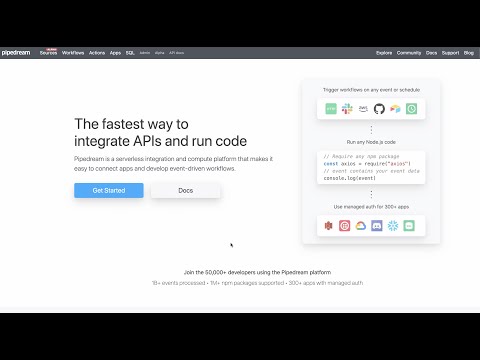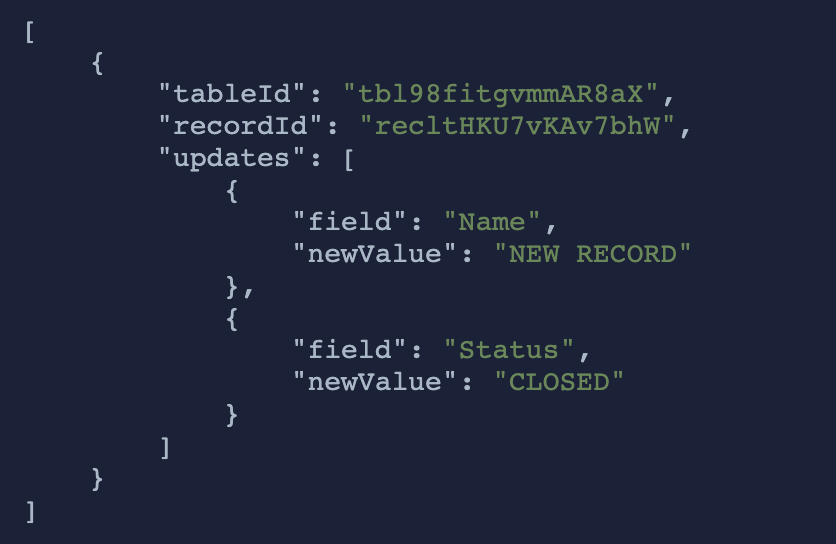What do you want to automate
with Airslate and Slack?
Prompt, edit and deploy AI agents that connect to Airslate, Slack and 2,800+ other apps in seconds.
Trusted by 1,000,000+ developers from startups to Fortune 500 companies
Popular Ways to Connect Airslate with Slack#
Popular Airslate and Slack Triggers#
Emit new event when a new message is posted to one or more channels
Emit new event when a message was posted in a direct message channel
Emit new events on new Slack interactivity events sourced from Block Kit interactive elements, Slash commands, or Shortcuts
Emit new event when a specific keyword is mentioned in a channel
Popular Airslate and Slack Actions#
Create a new reusable document package that contains fillable documents and forms in the specified organization. See the documentation
Creates a new organization in airslate with optional settings. See the documentation
Send a message to a public or private channel. See the documentation
Send a message to a user, group, private channel or public channel. See the documentation
Overview of Airslate#
The Airslate API enables automation of document workflows, including creation, updating, and tracking of e-signature processes. In Pipedream, you can leverage this API to streamline document handling, automate data syncing between apps, and manage notifications related to your digital documents. Utilizing Airslate's capabilities within Pipedream workflows allows for easy integration with other services, enhancing productivity and minimizing manual tasks.
Connect Airslate#
import { axios } from "@pipedream/platform"
export default defineComponent({
props: {
airslate: {
type: "app",
app: "airslate",
}
},
async run({steps, $}) {
return await axios($, {
url: `https://api.airslate.io/v1/organizations`,
headers: {
Authorization: `Bearer ${this.airslate.$auth.oauth_access_token}`,
"accept": `application/json`,
},
})
},
})
Overview of Slack#
The Pipedream app for Slack enables you to build event-driven workflows that interact with the Slack API. Once you authorize the app's access to your workspace, you can use Pipedream workflows to perform common Slack actions or write your own code against the Slack API.
The Pipedream app for Slack is not a typical app. You don't interact with it directly as a bot, and it doesn't add custom functionality to your workspace out of the box. It makes it easier to automate anything you'd typically use the Slack API for, using Pipedream workflows.
- Automate posting updates to your team channels
- Create a bot to answer common questions
- Integrate with your existing tools and services
- And much more!
Connect Slack#
import { axios } from "@pipedream/platform"
export default defineComponent({
props: {
slack: {
type: "app",
app: "slack",
}
},
async run({steps, $}) {
return await axios($, {
url: `https://slack.com/api/users.profile.get`,
headers: {
Authorization: `Bearer ${this.slack.$auth.oauth_access_token}`,
},
})
},
})
Related Videos#


Community Posts#
